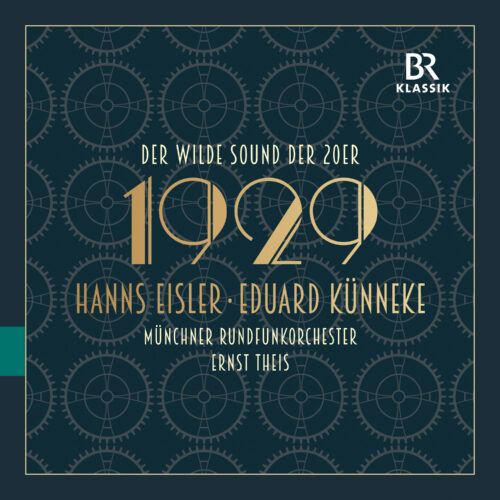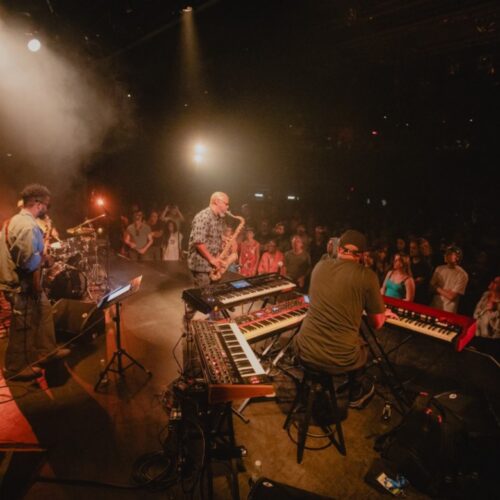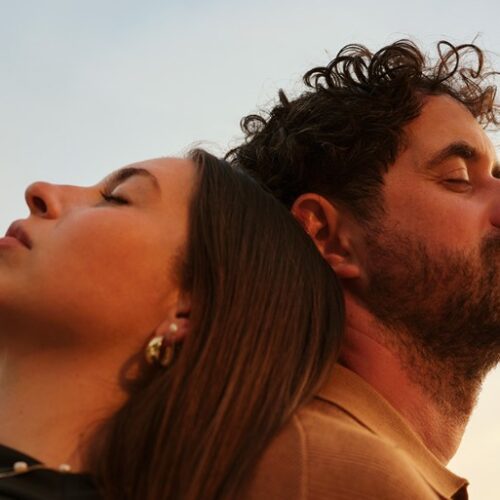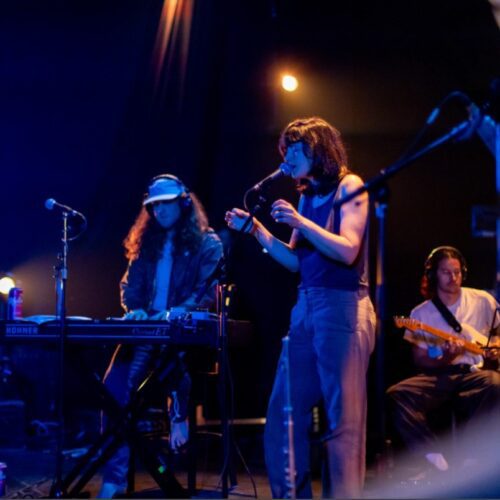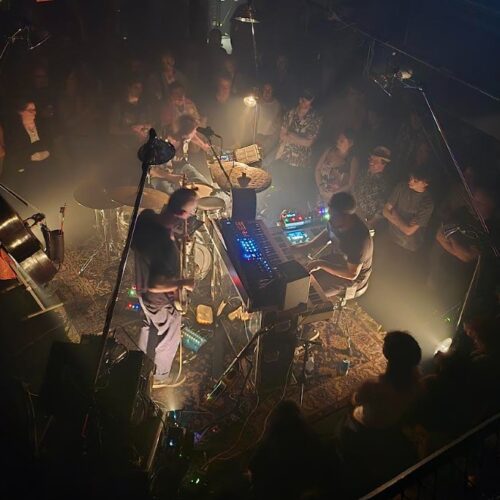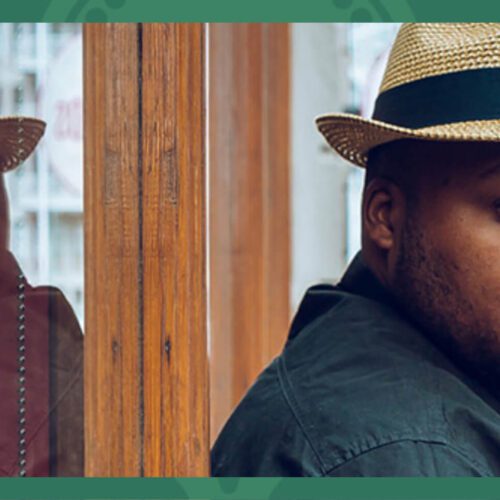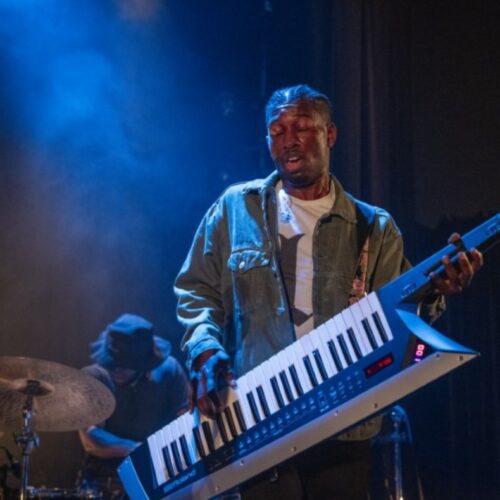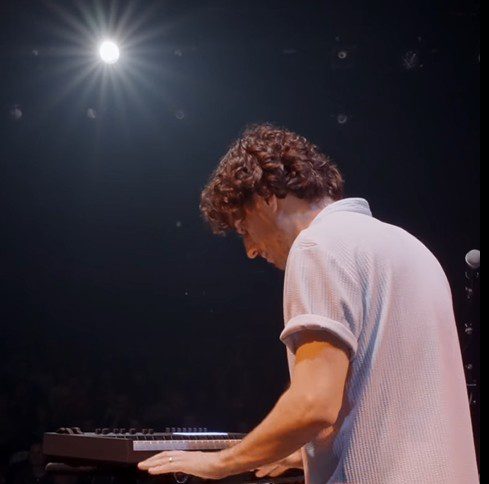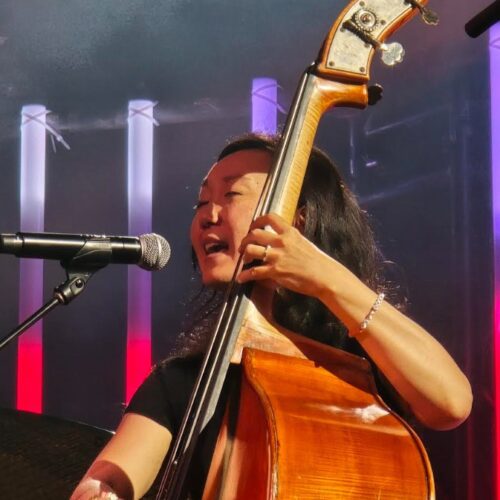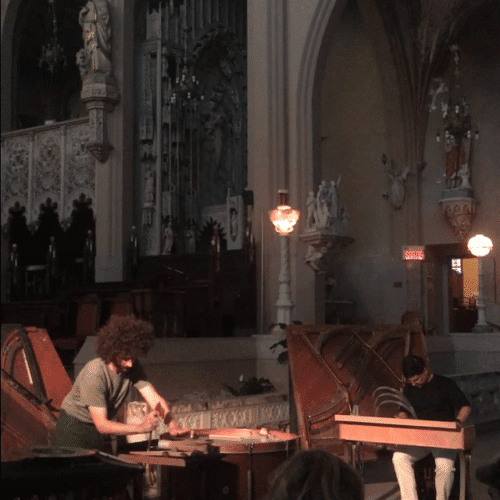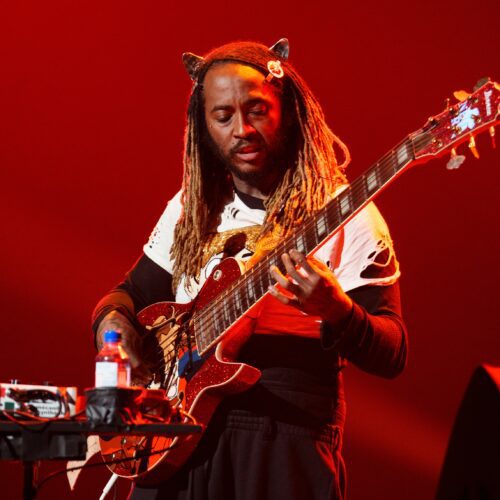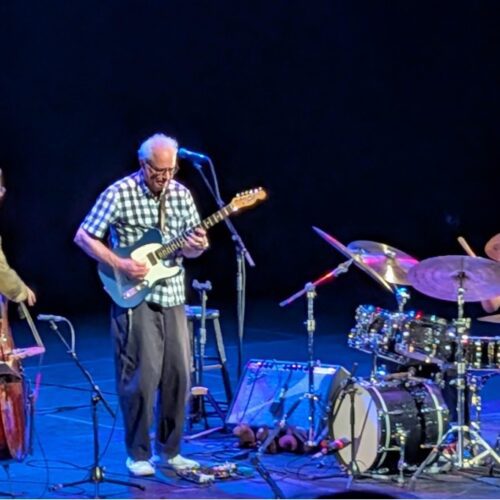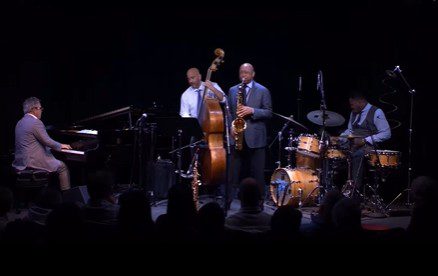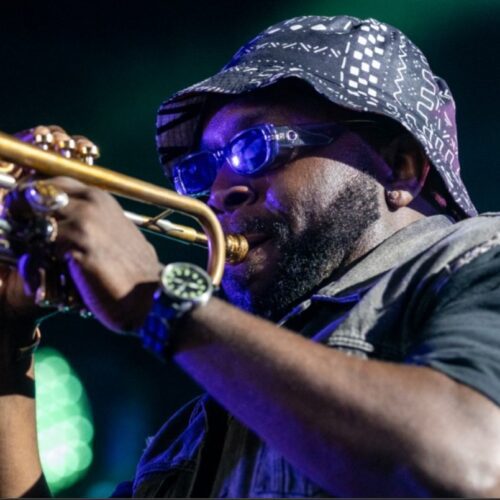This album plunges us into both the optimistic and gritty atmosphere of Germany in the 1920s, the decade that preceded the Great Depression and the descent into hell that accompanied the Nazis’ rise to power.
Optimism is represented by the Tänzerische Suite (Dance Suite), also known as Concerto grosso, op. 26 für Jazzband und großes Orchester (Concerto grosso for jazz ensemble and large orchestra) by Eduard Künneke, a well-known composer of operettas, film music (including Ernst Lubitsch’s The Pharaoh’s Wife in 1922) and “light music”. Radio appeared in Germany in 1923, and it soon became common practice to commission works to be created specifically for the broadcast orchestra. One of these was this Suite of Dances, in which the Foxtrot, the Blues and the Boston Waltz are illuminated by a flourishing orchestration and a very seductive atmosphere of good humour. This Suite is an obvious inspiration for the similar exercise that Dmitri Shostakovich would carry out a little later. A very pleasant discovery played with many successful colouristic effects by Erns Theis’s orchestra.
Another of these radio commissions is Hans Eisler’s cantata Tempo des Zeit (Tempo of Present Time), for soloists, narrator, choir, brass and percussion. The cantata also bears the title Cantate des petites gens, an ironic detail when you consider that it premiered three months before the stock market crash of 1929, which was to throw millions of “ordinary” people into the throes of misery shortly afterwards. This cantata is in a completely different league to Künneke’s almost solar Dance Suite. Eisler is skeptical about the promises of modernity. His narrator says: “Yes, those with money travel the world in style! And those who have none are content to walk…”.
Eisler had clearly seen the limits of the promises of the unbridled capitalism of the time. These limits were violently confirmed three months later. The sound universe is of the same order: chromatic and dissonant harmonies, jazz-influenced rhythms that are shaken up and made less linear, followed by a text of social commitment and denunciation of inequalities.
The interpretations led by Theis and rendered by all the artists are precise and finely drawn.
The two opuses in this programme form a contrasting, even dichotomous musical pairing, but in this, they are the perfect example of the zeitgeist of 1920s Germany.
